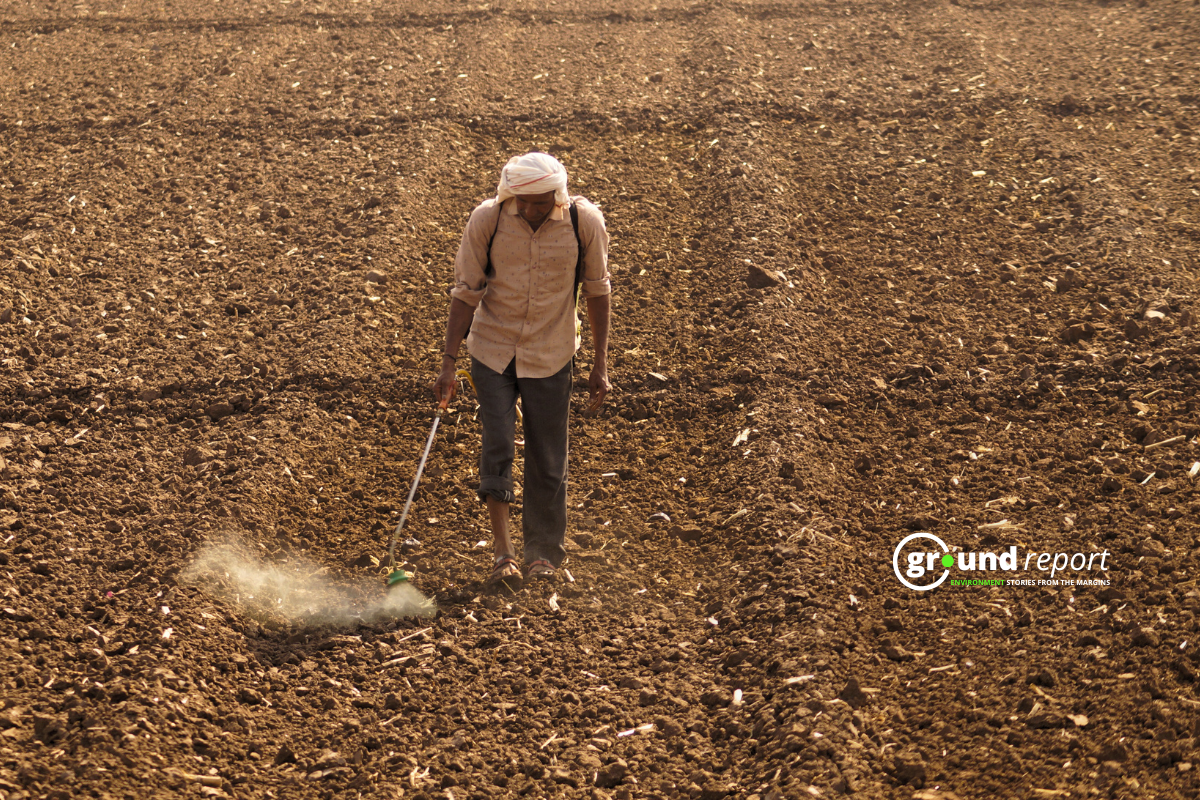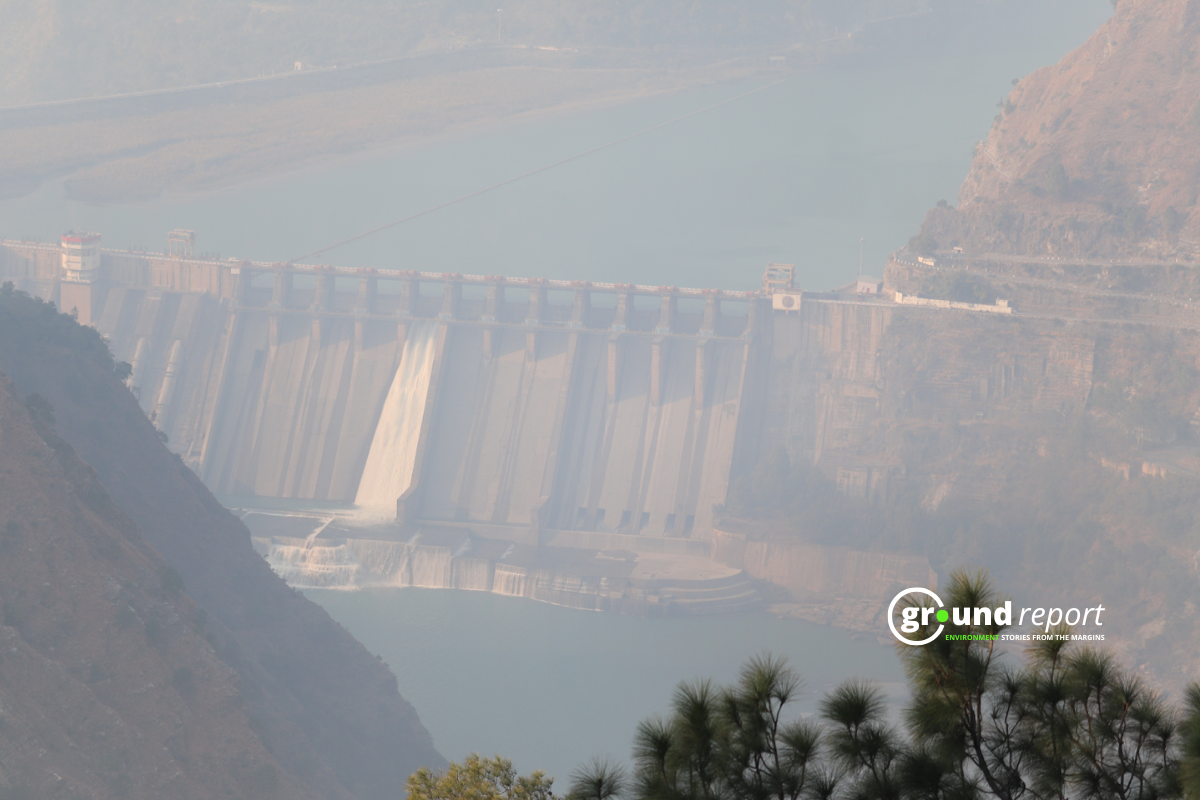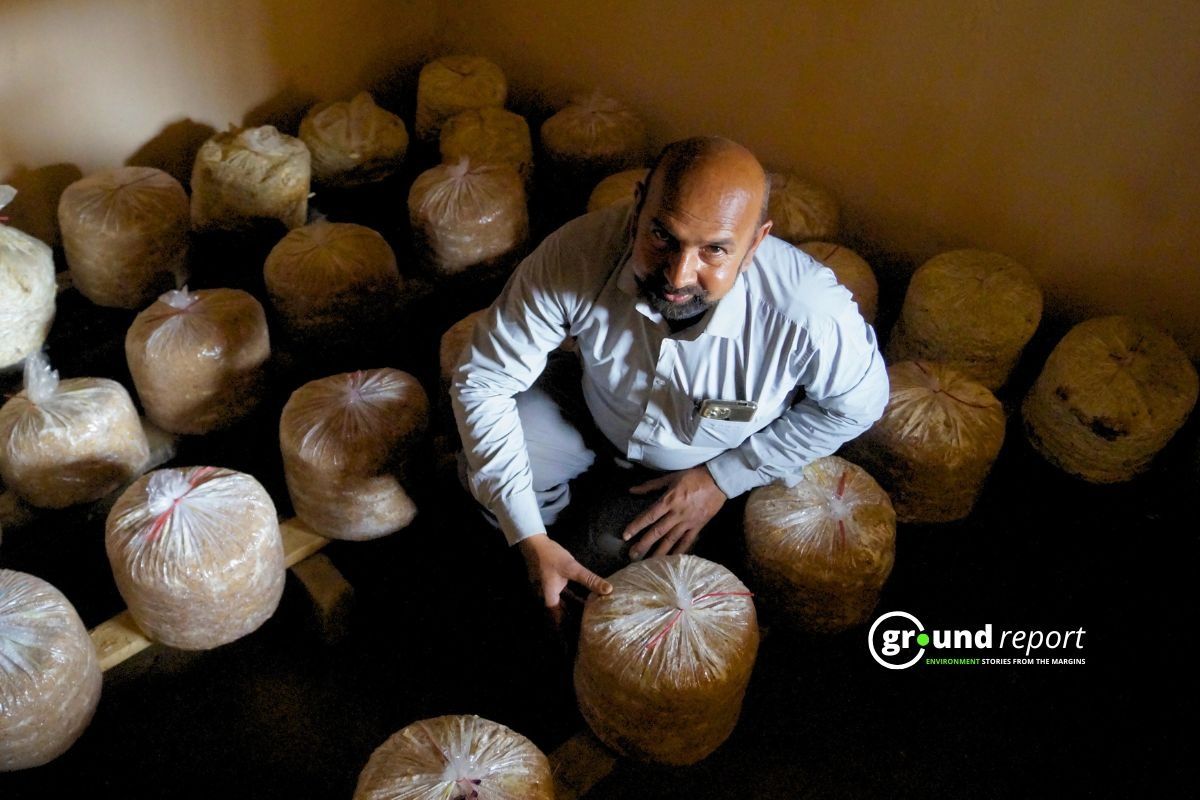In 1941, Alaska’s Muir Glacier symbolised nature’s grandeur. Its ice stretched endlessly, a testament to Earth’s enduring cycles. By 2004, this glacier had retreated dramatically, replaced by still waters reflecting the damage of a warming planet. Today, the changes in Alaska’s glaciers tell a stark story of the accelerating climate crisis, with consequences beyond their icy landscapes.
Glacier Bay National Park showcases dramatic changes caused by global warming. Muir Glacier, which was 3,000 feet thick and 1.8 miles wide in 1941, retreated 12 miles by 2004. Since 1899, it has lost 28 miles of ice. The neighbouring Riggs Glacier, once joined with Muir, has also shrunk and now ends at Muir Inlet. Alaska has more glaciers than any other US state, with about 100,000 glaciers covering 5% of the state.
Similar transformations occurred across the region. Carroll Glacier, once a calving tidewater glacier in 1906, had become a debris-covered, stagnant glacier by 2004. Queen Inlet, where Carroll Glacier flowed, transitioned from a deep fjord to a sediment-filled glacial outwash plain.
The retreat of glaciers affects far beyond their immediate landscapes. Vegetation has rapidly taken root in areas left bare by melting ice, transforming ecosystems. But the implications go deeper—literally. As glaciers melt, they reduce the pressure on the Earth’s crust, making it easier for tectonic plates to move.
NASA and USGS scientists found that glacial mass loss may increase earthquake likelihood in southern Alaska. Historical evidence suggests a link between retreating glaciers and seismic activity, as seen in Scandinavia and Canada after the last Ice Age. In Alaska, the 1979 St. Elias earthquake (magnitude 7.2) is thought to be influenced by glacier thinning near the fault zone.
Alaska’s glaciers are highly sensitive to climate change. Over the past century, rising temperatures and altered precipitation have caused many to shrink or vanish. This trend shows no signs of slowing, with devastating consequences for ecosystems, water resources, and global sea levels.
Melting glaciers warn other cryospheric regions. Northern Alaska’s tundra, once treeless and frozen, has seen a 40% increase in vegetation growth over 60 years, reflecting rapid change.
Recognising the urgent need to address this crisis, the United Nations has designated 2025 as the International Year of Glaciers’ Preservation. This initiative aims to raise awareness about the critical role glaciers play in regulating the global climate and providing freshwater for billions. The first World Day for Glaciers will be observed on March 21, 2025, to protect these vital resources.
Support us to keep independent environmental journalism alive in India.
Keep Reading
Watch: Kashmir experiences first snowfall of season after dry spell
Amarnath Yatra: Tackling rising death toll from extreme weather events
Tourists arrival in Kashmir break records, a need to regulate it?
From tourist paradise to waste wasteland: Sindh River Cry for help
Follow Ground Report on X, Instagram and Facebook for environmental and underreported stories from the margins. Give us feedback on our email id greport2018@gmail.com.
Don’t forget to Subscribe to our weekly newsletter, Join our community on WhatsApp, and Follow our YouTube Channel for video stories.






